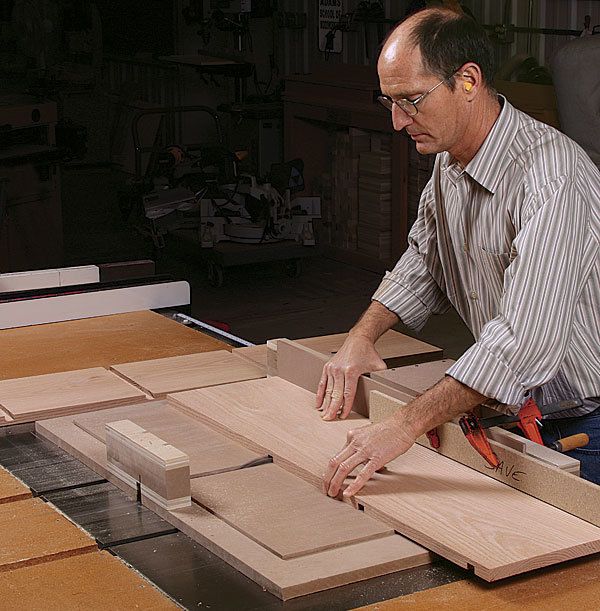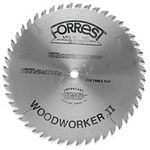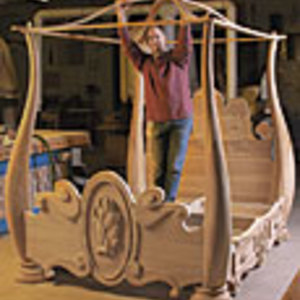How to Cut Precise Joints on the Table Saw
Marc Adams shows how to make joint-quality cuts on the tablesaw—and stay safe in the process.

Synopsis: The tablesaw can do more than make rectangles. If you add a dado set and a few shopmade jigs and fixtures, it can become your favorite machine for cutting flawless joinery. And it offers an unmatched combination of accuracy, repeatability, speed, control, and endless jig potential. In his second article in a series, woodworking teachers Marc Adams shows how you can use jigs to cut grooves, dadoes, rabbets, tenons, and miters that fit perfectly every time.
In my previous article (FWW #233), I demonstrated how to get better ripcuts and crosscuts—and stay safe in the process. But the tablesaw can do more than make rectangles. If you add a dado set and a few shopmade jigs and fixtures, it can become your favorite machine for cutting flawless joinery, too. The tablesaw offers an unmatched combination of accuracy, repeatability, speed, control, and endless jig potential.
To produce joint-quality cuts, both across the grain and with it, you’ll need two types of blades. You can stick with your normal combination blade, but make sure you keep the teeth clean of pitch buildup. A clean blade will always cut better. For wider notches in wood, whether rabbets, dadoes, grooves, tenons, or lap joints, I use an 8-in. stack dado set. Quality is very important here. You need a set that cuts clean edges and flat bottoms.
A dado set’s inside and outside blades have angled teeth designed to eliminate tearout at the edges of the cut. A variety of chipper blades go between, allowing 1⁄4-in.- to 7⁄8-in.-wide dadoes. Thin shims go in to fine-tune the width, if necessary. Be aware that dado sets take big cuts and can cause underpowered saws to bog down, and that the shorter arbors on some portable saws won’t allow the full stack to be used.
Add a few key jigs and fixtures
You can cut most of the common joints on the tablesaw with just four simple jigs and fixtures: a zero-clearance throat plate, a miter-gauge extension fence, a crosscut sled, and a sacrificial fence for rabbeting. I showed how to make the first three in my earlier article, and I’ll cover the last one here.
The cool thing about learning the fundamental joints, like dadoes and rabbets, is that the same techniques work for many others, such as laps, tongues, and bridle joints. In fact, the design of a tablesaw invites a host of joints and jigs. This article is just the beginning. Soon you’ll be calling this versatile machine “the variety saw,” like I do. Marc Adams’s woodworking school in Franklin, Ind., is one of the largest in the world. Go to MarcAdams.com for a course listing.
Two kinds of blades do it all
Dado For many joinery cuts, you’ll need a good dado set. Get the best stack-type dado set you can afford. It should cut slots with clean edges and flat bottoms.
Combo
A basic combination blade is fine for miters and grooves. For the cleanest cuts, buy a good one and keep its teeth free of pitch.
For the full article, download the PDF below:
Fine Woodworking Recommended Products

Olfa Knife

Forrest Woodworker II Blade

Ridgid EB4424 Oscillating Spindle/Belt Sander








Log in or create an account to post a comment.
Sign up Log in